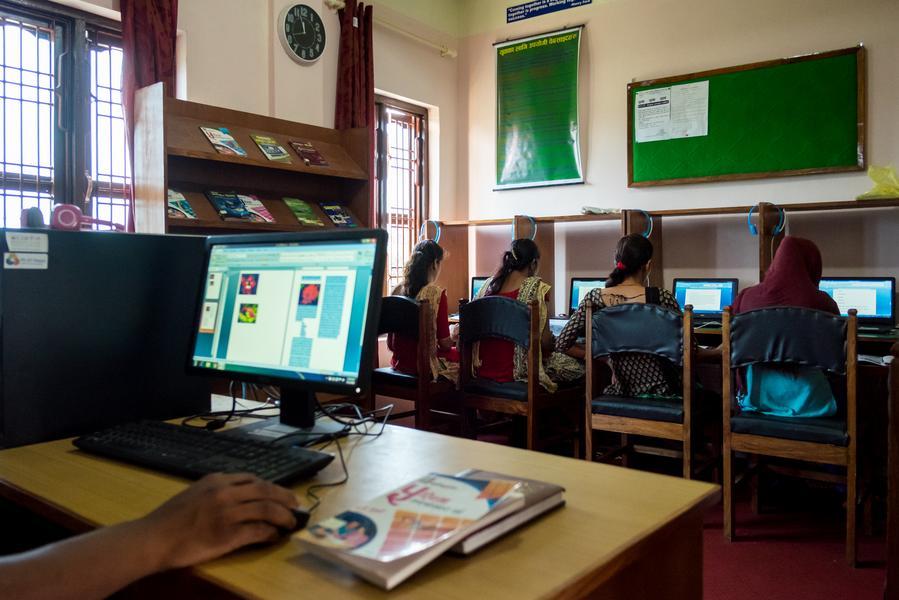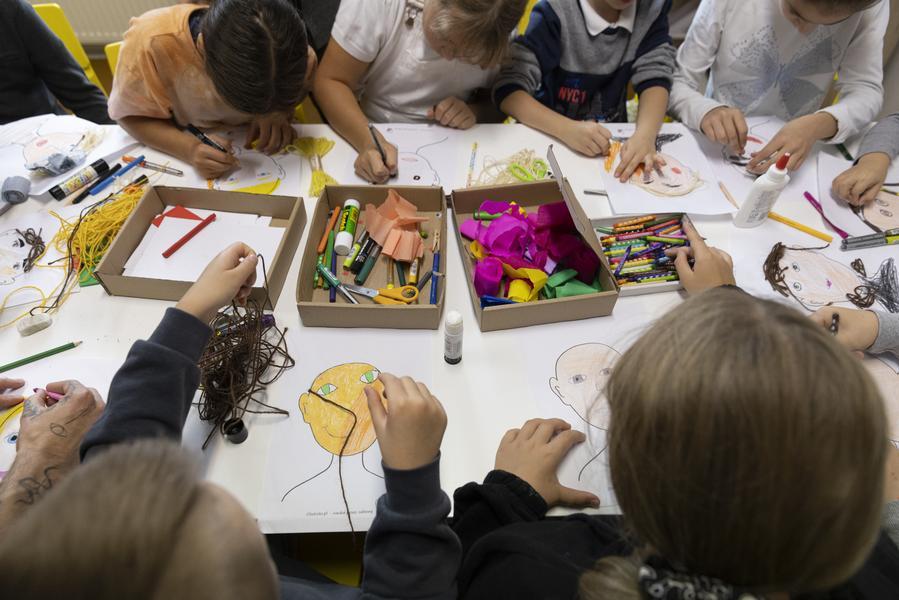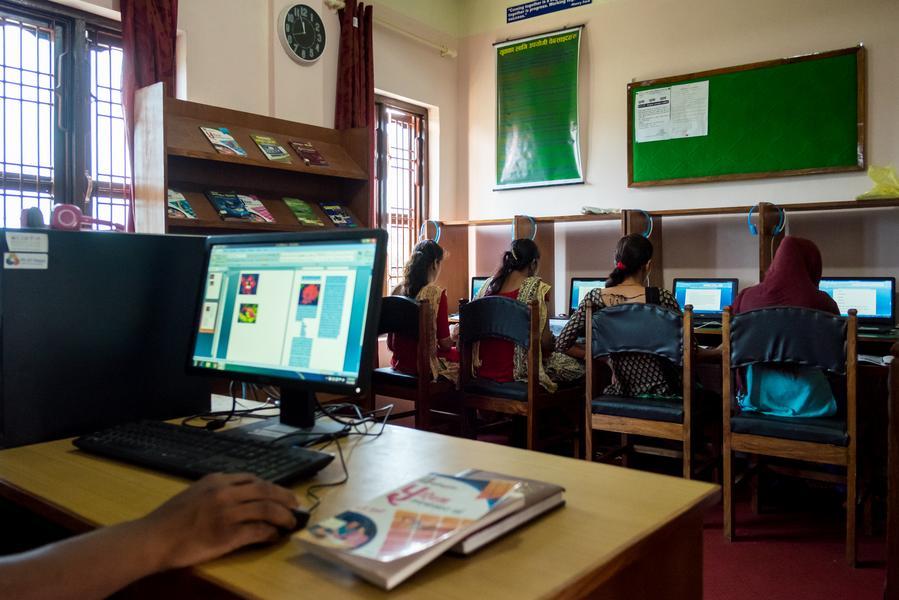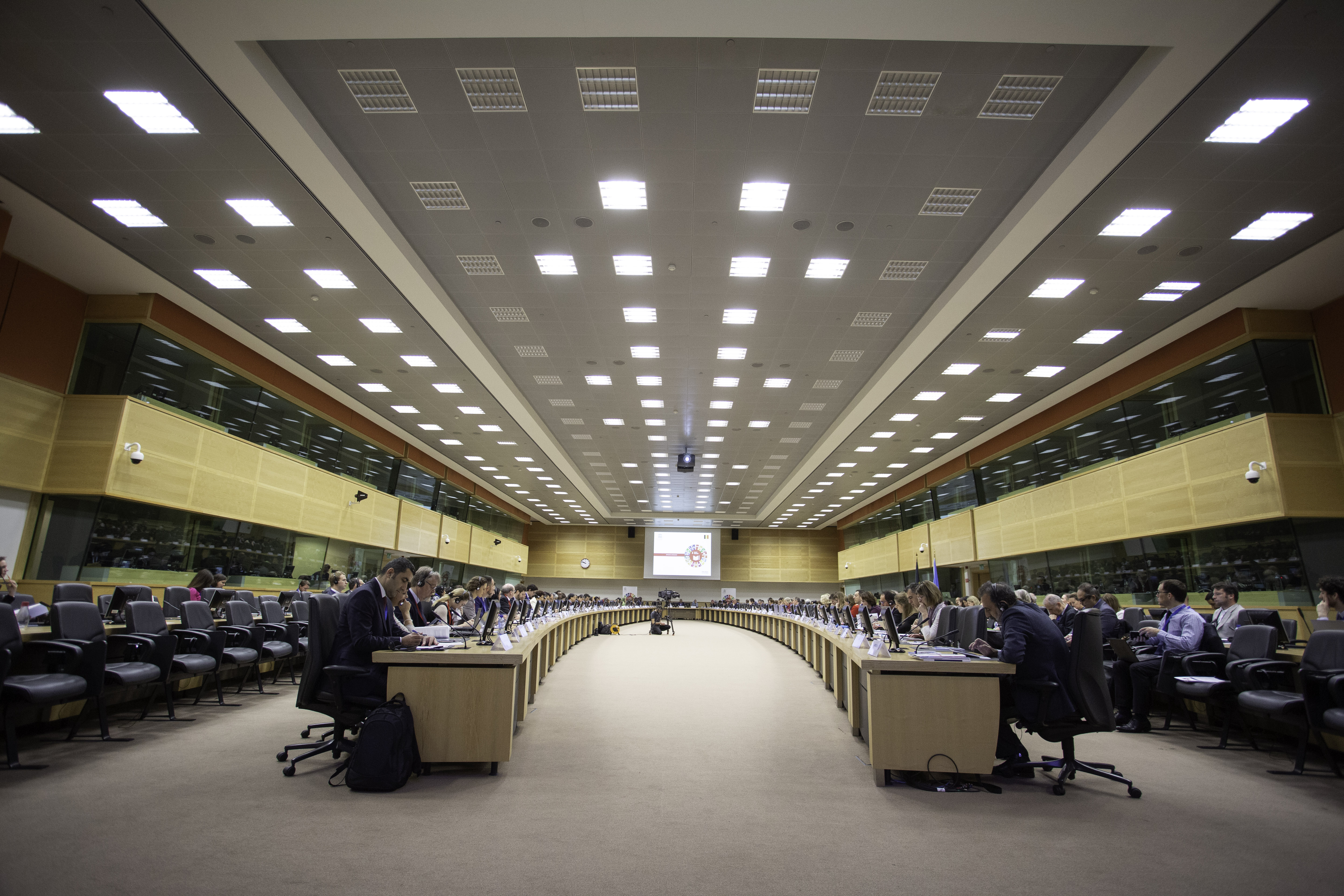
Policies
How Atlanta Public Schools Connected Students through Low-Cost Broadband during COVID-19
Context and Problem
When COVID-19 hit, education transitioned from in-class learning to online-based learning. Students were expected to attend online classes and submit their assignments online. This presented a significant challenge: how do you educate and involve kids who do not have internet at home? In the Atlanta Public School (APS) system, a staggering 6000 students did not have broadband connections at home, which left them vulnerable to not completing their studies. Atlanta Public Schools understood the importance of solving this problem and utilized its business skills to address it.
Solution
APS had 55,000 students in its school district, and instead of analyzing the needs and requirements of every single student during the pandemic, the administration focused on analyzing the attendance metric. This showcased that around 6000 students were regularly missing classes. Surveys were conducted on those 6000 students, and it was determined that many students required connectivity. Families did not have broadband services at home for two reasons: cost of service and the complexity of registering. Thus, APS connected with Comcast.
Comcast, a leading broadband company, played a crucial role in this initiative. They not only provided affordable internet services to the families in need but also offered a 2-month free subscription during the COVID-19 pandemic, making it easier for the families to access the internet.
APS determined the eligibility of families and provided the addresses of those families through a secure means to Comcast. Additionally, APS sponsored the first 12 months of the cost for eligible families. This partnership took around 2 months to be ironed out.
To raise money for this program, APS had to raise $300,000 (300 dollars per student) for its pilot project. Due to the community's generosity, they could surpass this amount, which added flexibility to their program (e.g., covering outstanding bills).
Impact
Almost 1,000 eligible students' education was not hindered due to a lack of internet. These 1000 students would have suffered without this program, and their educational journey would have been hampered. Additionally, this program opened the gateways to design and implement future projects that can help the students.
Analysis
This program showcased the power of partnerships. APS utilized its business acumen and connected with a technical company to make its project happen. Additionally, it showcased that if communities come together, they can solve their local problems. All it takes is someone to take initiative and lead the way. This program also showcased that figuring out who you should be helping takes time, and you want to identify them first instead of attempting to run ineffective and unprepared programs.












